When Use Nd Filter At Nigh ?
ND filters are commonly used in photography to reduce the amount of light entering the camera lens. They are particularly useful in daytime photography to allow for longer exposures or wider apertures without overexposing the image. However, using an ND filter at night may not be as necessary since the lighting conditions are already low. In low light situations, it is generally preferred to use a wider aperture or higher ISO settings to capture more light. ND filters are typically used during the day to achieve specific creative effects or to control the exposure in bright conditions.
1、 Purpose of ND filters for night photography
When to use an ND filter at night depends on the specific situation and desired effect. ND filters, or neutral density filters, are primarily used to reduce the amount of light entering the camera, allowing for longer exposure times. This can be beneficial in night photography for several reasons.
One purpose of using an ND filter at night is to capture motion blur. By using a longer exposure, moving objects such as cars or people can create streaks of light, adding a dynamic element to the image. This technique is commonly used in cityscape photography to capture the trails of car lights or in astrophotography to capture the movement of stars.
Another purpose is to achieve a balanced exposure in high contrast scenes. Nighttime scenes often have bright lights and dark shadows, which can result in overexposed highlights or underexposed shadows. By using an ND filter, the photographer can reduce the overall brightness of the scene, allowing for a more balanced exposure.
Additionally, ND filters can be used to create a dreamy or ethereal effect in night photography. By using a longer exposure, moving water or clouds can appear smooth and silky, adding a sense of tranquility to the image.
It is important to note that the specific ND filter strength needed will vary depending on the available light and desired effect. Experimentation and practice are key to finding the right balance between exposure time, filter strength, and desired outcome.
In conclusion, the purpose of using an ND filter at night is to capture motion blur, achieve a balanced exposure in high contrast scenes, and create a dreamy effect. The specific use of an ND filter at night will depend on the photographer's creative vision and the specific conditions of the scene.
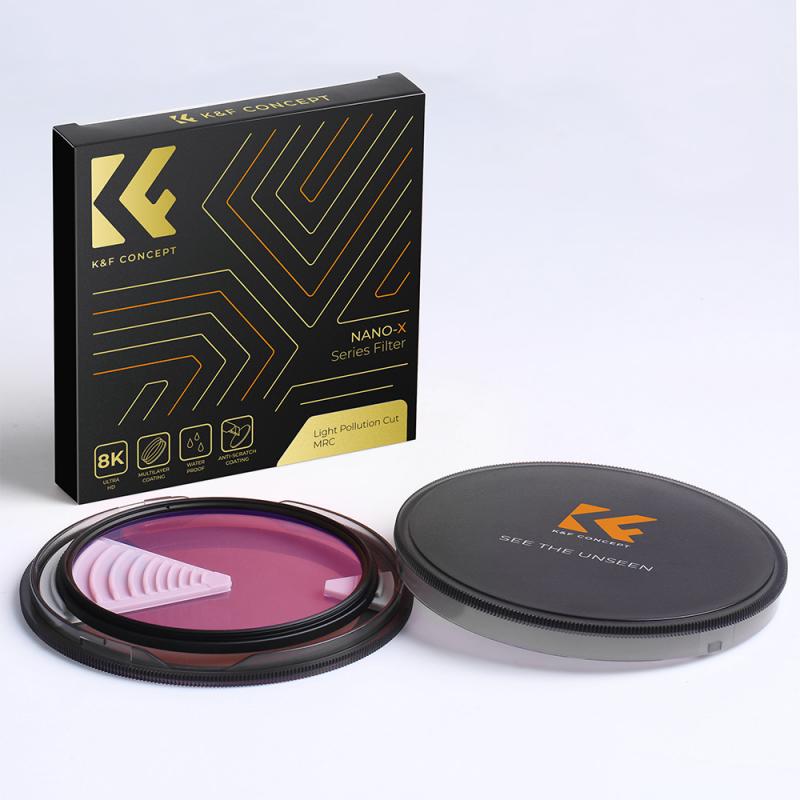
2、 Recommended ND filter strengths for night shooting
When to use an ND filter at night depends on the specific situation and desired outcome. Generally, ND filters are used during daylight hours to reduce the amount of light entering the camera, allowing for longer exposures or wider apertures. However, there are certain scenarios where using an ND filter at night can be beneficial.
One such situation is when shooting cityscapes or urban night scenes with bright lights. By using an ND filter, you can achieve longer exposures, which can create beautiful light trails from moving cars or smooth out the water in fountains or rivers. This can add a sense of motion and dynamism to your images.
Another scenario where an ND filter can be useful at night is when photographing fireworks. By using a strong ND filter, you can extend the exposure time, capturing multiple bursts of fireworks in a single frame. This can result in stunning images with multiple colorful explosions filling the sky.
It's important to note that using an ND filter at night may not always be necessary or desirable. In some cases, you may want to capture the bright lights and vibrant colors of a cityscape or fireworks display without any filtration. Additionally, advancements in camera technology, such as improved low-light performance and high dynamic range capabilities, may reduce the need for an ND filter in certain night shooting situations.
Ultimately, the decision to use an ND filter at night should be based on the specific scene, desired effect, and personal preference. Experimentation and practice will help you determine when and how to best utilize ND filters for night photography.
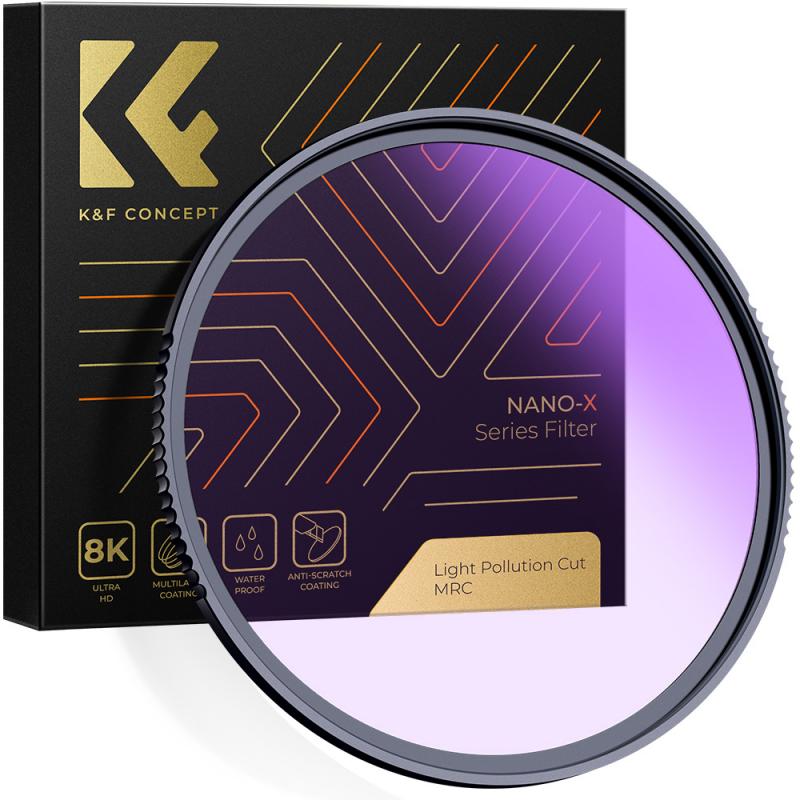
3、 Balancing exposure with ND filters in low light conditions
When to use an ND filter at night depends on the specific situation and desired outcome. ND filters are primarily used to balance exposure in bright conditions by reducing the amount of light entering the camera. However, they can also be used creatively in low light conditions to achieve certain effects.
In low light situations, using an ND filter can help to achieve longer exposure times, which can be useful for capturing motion blur or creating light trails. For example, if you want to capture the streaks of car lights on a busy street at night, using an ND filter can allow for a longer exposure time, resulting in the desired effect.
Additionally, using an ND filter at night can help to reduce the dynamic range of a scene. This can be particularly useful when shooting cityscapes or landscapes at night, where there may be a significant difference in brightness between the lights and dark areas. By using an ND filter, you can balance the exposure and retain detail in both the highlights and shadows.
However, it's important to note that using an ND filter at night may not always be necessary or beneficial. In some low light situations, such as when shooting handheld or in low light conditions where you want to capture as much light as possible, using an ND filter may not be ideal. It's important to consider the specific lighting conditions and desired outcome before deciding to use an ND filter at night.
Overall, using an ND filter at night can be a creative tool to achieve certain effects or balance exposure in low light conditions. However, it's important to assess the specific situation and desired outcome to determine if using an ND filter is appropriate.
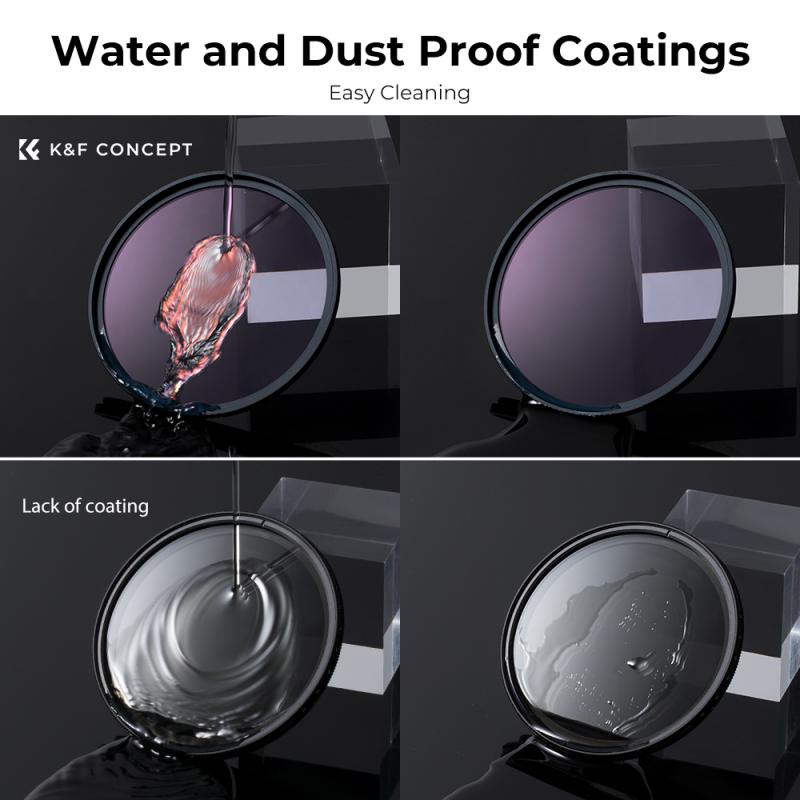
4、 Reducing light pollution with ND filters during nighttime photography
When to use an ND filter at night depends on the specific situation and the desired outcome of the photograph. ND filters are primarily used to reduce the amount of light entering the camera, allowing for longer exposure times. This can be beneficial in nighttime photography for a variety of reasons.
One common use of ND filters at night is to capture long exposure shots of cityscapes or urban environments. By using an ND filter, photographers can extend the exposure time, resulting in smooth, flowing light trails from moving cars or other sources of light. This can create a sense of motion and add a dynamic element to the photograph.
Another reason to use an ND filter at night is to reduce light pollution. Light pollution refers to the excessive or misdirected artificial light that can wash out the night sky and make it difficult to capture stars or other celestial objects. By using an ND filter, photographers can block out some of the unwanted light, allowing for clearer and more detailed images of the night sky.
It is important to note that the effectiveness of ND filters in reducing light pollution may vary depending on the specific conditions and the strength of the filter. In some cases, additional techniques such as stacking multiple filters or using post-processing software may be necessary to achieve the desired results.
In conclusion, using an ND filter at night can be beneficial for reducing light pollution and capturing long exposure shots with flowing light trails. However, it is important to experiment with different filter strengths and techniques to achieve the desired outcome.
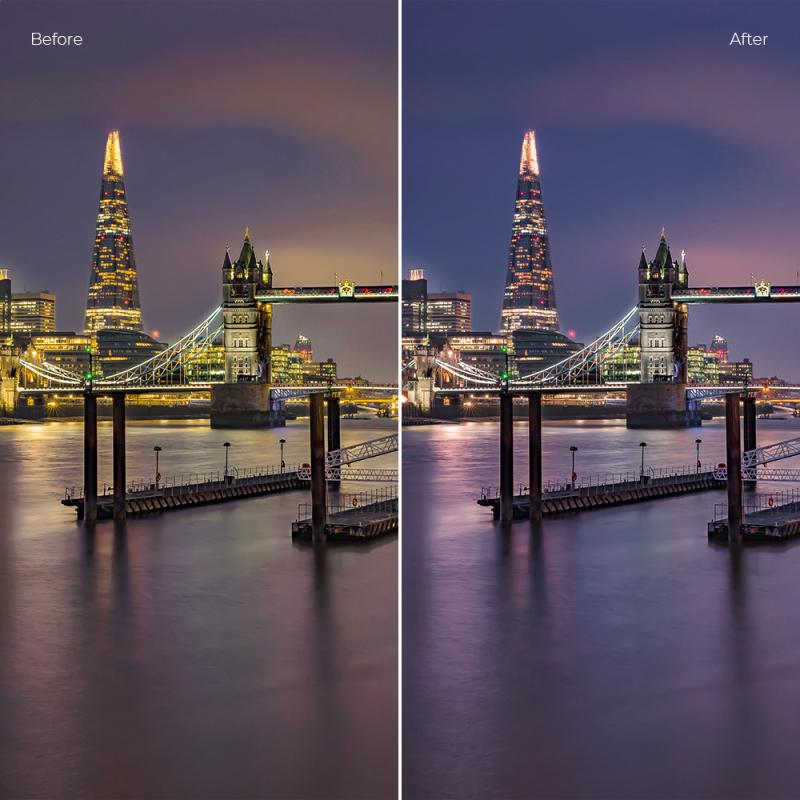






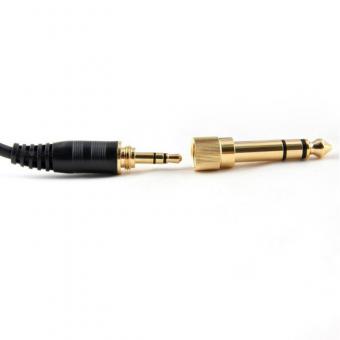





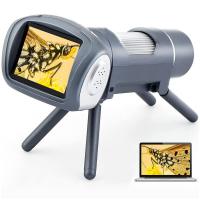
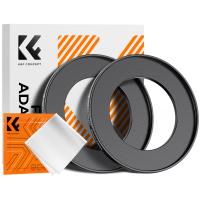
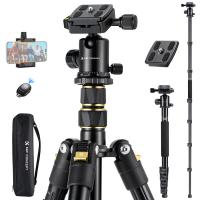
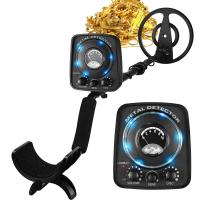
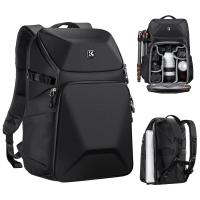
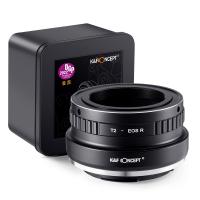



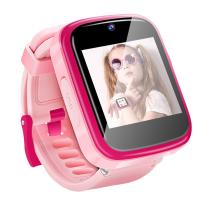
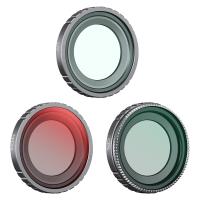
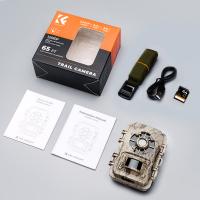



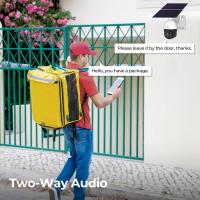
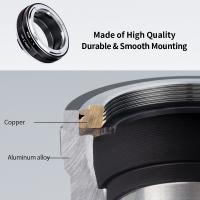

There are no comments for this blog.